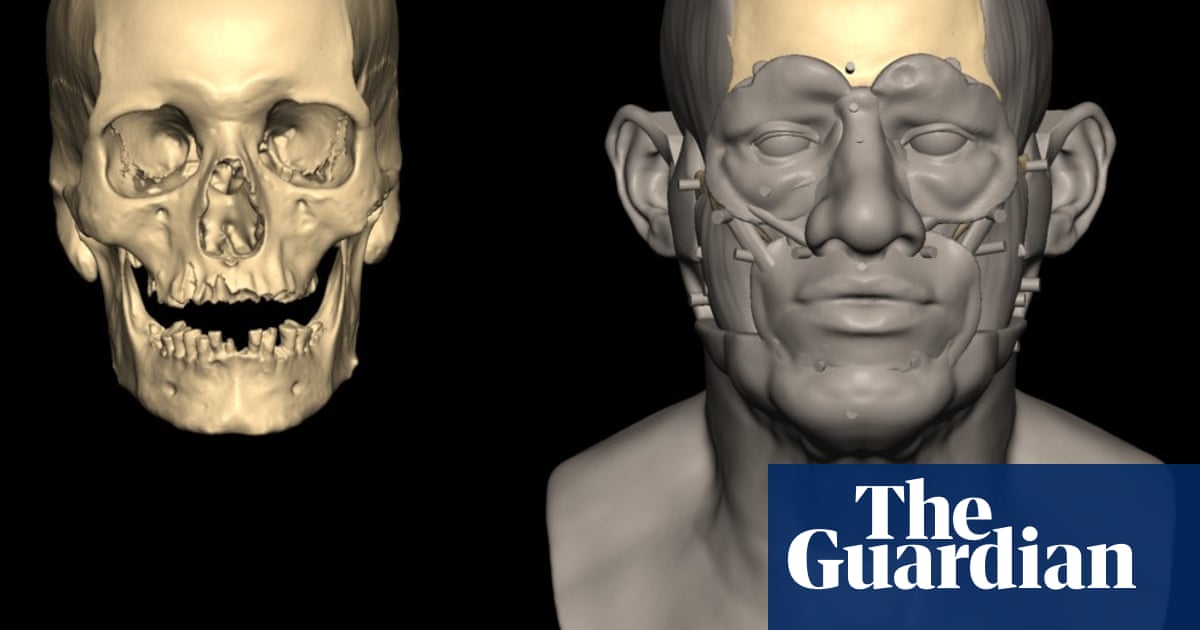Negative
24Serious
Neutral
Optimistic
Positive
- Total News Sources
- 19
- Left
- 9
- Center
- 2
- Right
- 4
- Unrated
- 4
- Last Updated
- 1 hour ago
- Bias Distribution
- 60% Left


First Ancient Egyptian Genome Reveals Mesopotamian Link
Researchers have sequenced the first complete genome from an ancient Egyptian, using DNA extracted from the tooth of a man buried 4,500–4,800 years ago in a ceramic pot at Nuwayrat, south of Cairo. The man, likely a skilled potter who lived during the era when the first pyramids were built, showed signs of hard physical labor but received an elite burial, suggesting elevated status. Genetic analysis reveals about 80% of his ancestry was North African, while 20% traced to the Fertile Crescent region (Mesopotamia), providing the first direct evidence of genetic links between ancient Egypt and early West Asian civilizations. This breakthrough, published in Nature, was possible because his remains predated widespread mummification, which typically destroys DNA. The findings confirm long-suspected cultural and trade connections with Mesopotamia and provide new insight into the cosmopolitan nature of early Egyptian society. Scientists hope future ancient DNA samples will clarify when and how these cross-cultural movements occurred.




- Total News Sources
- 19
- Left
- 9
- Center
- 2
- Right
- 4
- Unrated
- 4
- Last Updated
- 1 hour ago
- Bias Distribution
- 60% Left
Negative
24Serious
Neutral
Optimistic
Positive
Related Topics
Stay in the know
Get the latest news, exclusive insights, and curated content delivered straight to your inbox.

Gift Subscriptions
The perfect gift for understanding
news from all angles.
